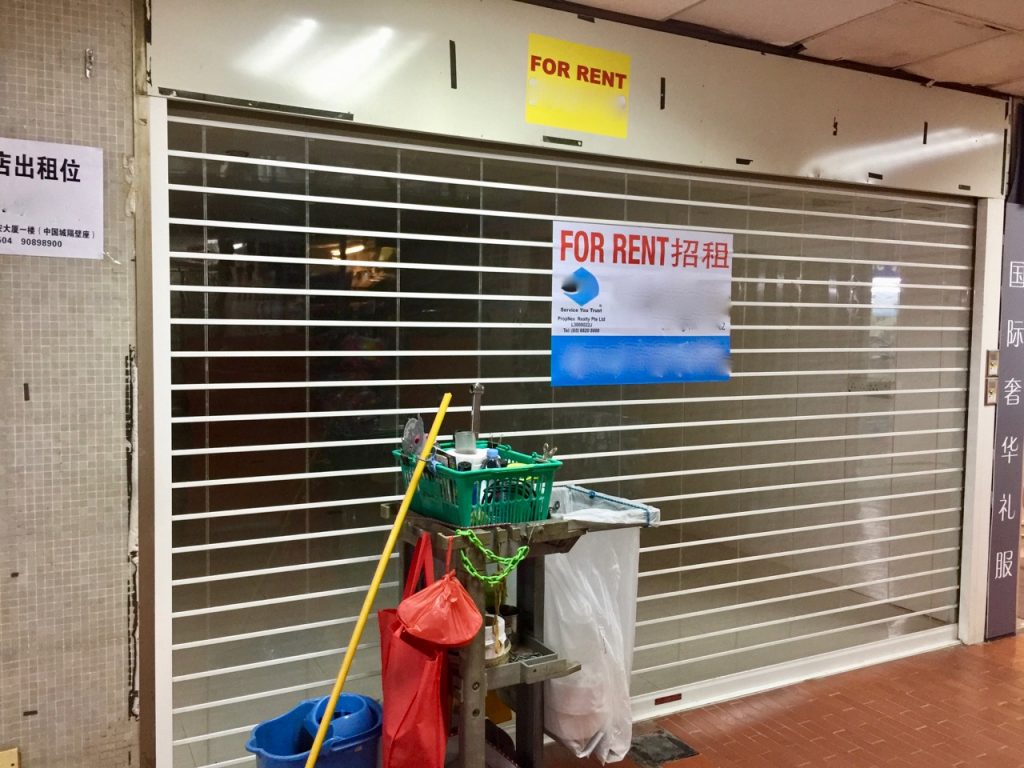SME Challenges remains serious and bears the brunt of the bad economy while the Ivory Tower celebrates GDP growth
SME business owners deliver less GDP than big companies but hire a disproportionately high percentage of a country’s work force. Without SMEs, unemployment could go up so much higher. SME loans are important for SMEs who are always short of cash. It would be prudent for SME bosses to read more about the different types of financing in Singapore.
If you read the statistics, perhaps all is good and rosy when you look at the GDP. But how much of that GDP made its way into salaries? A country may produce $100 billion of GDP (i.e. that is the revenues the country make), in order to make this $100 billion of goods and services, how much of this is income and salaries? How much of this is profits for the country’s companies?
Could a country’s growing GDP be concentrated in a handful of larger MNCs? Do they pass down much benefit in terms of increased incomes for employees?
We spoke to owners of shops and small businesses, they mostly say that business is very challenging, definitely not the rosy picture that the politicians claim it to be.
Many SME challenges include difficulty of receiving payment or receiving payment late. In short it is cash flow problems that SMEs are facing.
Some of the key SME challenges faced: –
- Shortage of staff and also shortage of good staff.
- Actually Singapore staff wants good location, near MRT work place, near home, comfortable, high salaries, etc. The high salary part is due in large part to the relentless taxation through high rentals, high business operations cost, high housing prices, etc. These drive up the need for high salaries.
- High Rentals
- The current administration believes in high land cost. Many so called developments to make Singapore more beautiful are frivolous and adds to rising rentals. Rising rentals were not part of the supply and demand as many REITS corner the market and have holding power to absorb the vacancy rates while keeping rents high. Unnecessary upgrades such as to foodcourts and hawker centres were forced upon the hawkers and rentals were sometimes trebled after the unwanted upgrade.
- Increased production costs
- Again an indirect impact from all these En-bloc, land cost speculation, rising rentals cornered by REITs, indirect taxes and cost for myriad array of compliances.
- Unfair competition from Government Link Companies
- GLCs enter every nook and cranny of Singapore’s business landscape using monopoly or near monopoly or huge financial power to squeeze out local businesses.
- More choosy customers
- Access to capital
- Traditional businesses do not get access to capital so easily.
- SMEs should consider to tap into SME Micro loans first before the other types of loans (if they qualify)
As you can see, these are some of the top 5 SME challenges, 3 of them directly or indirectly created are from government policies, making the life of SME extremely hard.
GLCs should as much as possible get out of local businesses as they squeeze out the local businesses and adds to SME challenges who already have very little hinter land to grow. And to expand, these businesses need to tap a larger market. If these businesses cannot gather momentum and grow to a certain size before their set foot in another country, they might as well uproot and leave Singapore all together to another market where the hinter land is larger.
SMEs who do not get funding via angel capital, venture capital will be condemned to the above business dynamics. Those that obtain funding will also be constrained by market size. After burning through their initial funding, they will be required to grow revenue significantly or be profitable.
Many established SMEs are family businesses that have been around for 10 to 20 years, many have suffered cyclical downturns and could be wound up if they do not have cheap funding. This is the time when these businesses need to stay trim, access cheaper source of funding and cut cost. If the downturn is long term, then such businesses should not access working capital loans for businesses that may have entered into negative gross margins as they will end up owing even more debt.
If they continue to feel positive about the business over the longer term, they could obtain residential equity term loan by refinancing their residential private property for equity, provided there is equity in the house as well as income to support the loan via Total Debt Servicing Ratio.
SME challenges include the difficulty in access to funding?
SME bosses ought to remember that you need to borrow when you do not need money. When your business is struggling and you need additional funding to tide over a tough patch, then you will find that your access to funding is completely cut off and end up with very expensive funding.
It may be wise to plan 6 to 12 months ahead for any potential funding needs. Even if you do not need funding now, you may want to quickly refinance your home loans for any potential equity and stand-by cash even if you do not need it now.
Remember, banks assess your credit and affordability at the point of application, so you should apply when your status is good, not when you have further deteriorated. At that time, no banks will lend you.
You can read more about the different types of funding here. If your business is profitable and you only need short term funding, but your access to bank’s working capital is temporarily cut off, then you should consider personal loans as a source.
Find out more about Peer to peer lending versus that of SME loans so as to make an informed decision.
https://www.icompareloan.com/resources/sme-loans-p2p-loans-compare/


